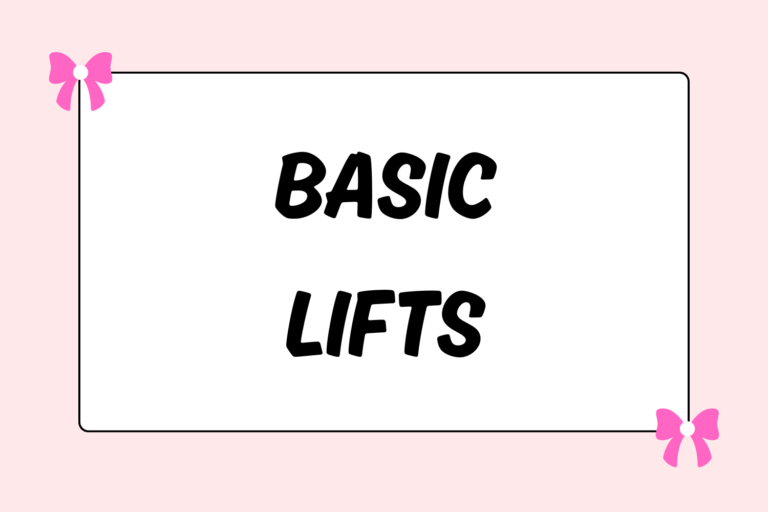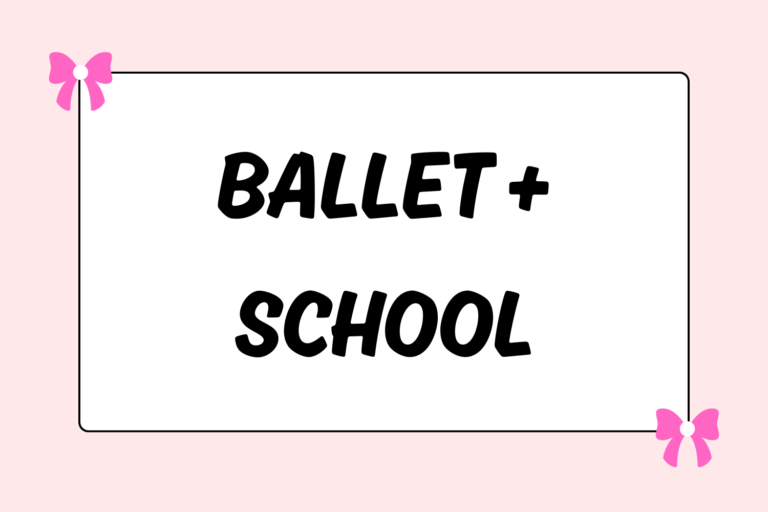One of the most beautiful and impressive movements in all of ballet, the penché ideally creates a 180 degree line from working foot to standing foot. The back arches beautifully, creating another aesthetically stunning line that complements the pose.
However, even if you have a fantastic arabesque, attaining that line isn’t easy. In fact, though the penché is idolized as a stationary pose, going into it is the most important (and difficult) part! If you’re trying to nail your penché, here are some tips to get you on the road to a perfect 180 degree line.
Use the Leg to Tilt You Down
Going into a penché, you should be forcing your upper body down with your working leg. One common mistake is to drop the upper body in anticipation of getting the leg higher. This merely makes it more difficult to attain the correct line. Instead, lift your arabesque higher and higher, pushing it against your back and only bending when you feel you must. This way, you’re creating resistance that will both strengthen your back and create the correct line. Think of it like a see-saw: The arabesque leg pushes your body (the other side of the see saw) down — it cannot move all by itself!
Keep Your Leading Arm Inside
While you should be reaching outwards with your leading arm toward the horizon (and not down to the ground), remember to keep your arm strong and inside the shoulder. Don’t let your arm pull your shoulder outward. This will cause you to tip your weight too far forward, knocking off your balance.
Imagine your arm reaching out from elbow to finger tip, and pushing back into the shoulder socket from upper elbow to collarbone. This will help keep the shoulders square, which will in turn allow for more spinal mobility and sustained balance.
Hot Tip: Back Strengtheners
The key muscle group in play for the penché are the muscles of the lower back. In order to stay as upright as possible and sustain a balance, you must have active and strong back muscles. If you’re getting cramps or find your back too weak, you may want to do some strengthening. Place your working foot on a barre in arabesque, keeping the body upright. Then do four count lifts two to three inches off the barre, sustaining the arabesque at that height for four counts before lowering slowly. This will build strength and stability in the lower back; strength that you can use to get a higher penché!
Gaze Out
As you lower your upper body for your penché, don’t look down. Instead, look outward on a diagonal, over the fingertips of your leading hand. Keep the back of the neck nice and long, not crunched back or drooping. If you direct your gaze too high, you’ll crunch your neck upward and spoil the long line of the spine. If you direct it too far down, your head will drop, leaving the line looking unpleasant and hunched. The upper body should fall in a smooth diagonal, without any sharp or sudden angles.
Turn Out
It may seem obvious, but turning out both legs will help your penché enormously. If the working leg is turned in at all, the line is spoiled. More importantly, rotating the leg toward a parallel position makes it harder to lift higher, thus restricting the full degree of your penché. The same goes for the standing leg. While it’s difficult to maintain full turnout in your standing leg while performing a penché, always push your turnout to the limit.
Maximizing the rotation in your hips will allow you to have full mobility in the legs and the spine, in turn giving you a higher penché.
Stretch Out
When performing a penché, stretch both legs to the max. If one (or both) is relaxed or bent, they become dead weight rather than helping you reach the desired line. In particular, a relaxed and inactive working leg will be much more difficult to lift. This makes a 180 degree penché not only difficult, but aesthetically unflattering.
Feel the backs of your legs pulling, stretching, and lengthening upward to the sky and downward to the floor like gigantic resistance bands. Keep muscles active and filled with energy, even coming up from the penché.
Finish Gracefully
If you’ve managed to reach a 180 degree penché, good for you! If not, keep working at it. Regardless of how good or bad your penché is, always try to come out of it gracefully. Reverse the process, using your upper body to force your leg down, rather than dropping the working leg then coming back up. You should finish your penché with a brief balance and lengthening of your arabesque, holding it as high as you can before lowering it (with control) to a tendu derriere.
A penché finished smoothly will look good regardless of its height at the peak, while even an over split penché will appear sloppy when finished roughly.
Go Slow
Penchés are not easy movements, so remember to take some time to really build up to doing them properly. It may take days or even months to get it as high as you want, but with consistent stretching, strengthening, and practice, you’ll be sure to reach your potential.





